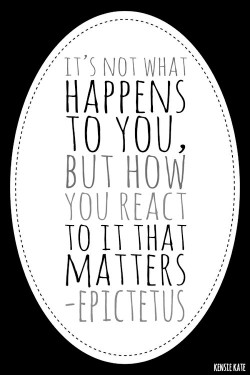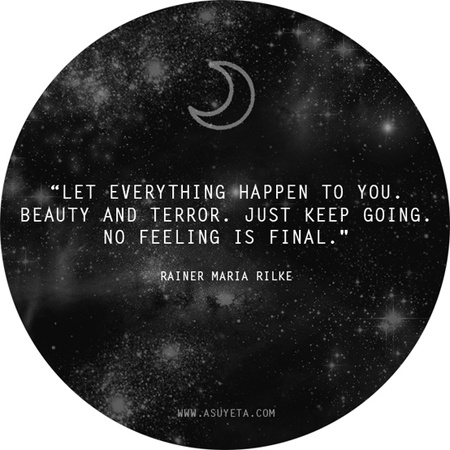So you’ve got chronic pain. Now what? How do you go about getting your life back?
Treatment is possible. Its quality varies widely, unfortunately, but there are a lot of things that have been shown to be helpful, and a lot of other things which generally aren’t. Systematic reviews and meta-analyses of randomised controlled trials are generally the best place to start looking for evidence-based treatment, and there are a few available now that give us an idea of what will be helpful for most people.
Keep in mind though that, as always, research identifies what is helpful for the majority of people or the average person. There are outliers (people who don’t respond to treatments in the typical way) and you might be one of them. Individual differences are important. Use research recommendations regarding effectiveness as your starting point, to help you identify what will likely be the best investment of your resources. But, if you’ve exhausted all the best options and want to try second-best, or if you’re already doing something that doesn’t have great research support but is helpful for you, and is not causing you harm, which includes undue financial burden, stick with it. Do what works for you – but always check with your treating physician/s to make sure a specific treatment option is appropriate for you.
The best recommended course for pain management once it becomes chronic is multidisciplinary, intensive treatment involving a biopsychosocial approach and functional restoration. What does that all mean? A biopsychosocial approach to pain management essentially just requires that any treatment addresses physical, psychological, and social aspects of pain, because these are involved in every pain experience. All chronic pain management should incorporate this perspective (it’s been supported for forty years now), but not all of it does.
Physical aspects may be issues with tissue damage, or central sensitisation (your body’s alarm system continues going off in the absence of or disproportionately to damage).
Psychological aspects do not mean you are crazy if you have chronic pain. Some medical professionals take this stance, and they are ill-informed (and not doing their job properly). Everything we experience through any of our senses is interpreted by our brain, and thus influenced by our beliefs, thoughts, expectations, and previous experiences. Chronic pain is no different.
Social aspects can exacerbate or maintain pain. Things like loss of employment lead to financial difficulties, which limit treatment options and tend to be associated with less healthy lifestyle and dietary choices, and stress, which increases your body’s pain response. Social support and relationships are hugely important, as supportive relationships can protect against and reduce pain and distress. Interactions with health professionals also count as social aspects of pain, and I’m sure a lot of my fellow pain patients can agree that the health system can be a pain in itself!
Just as you need a doctor (and maybe a physiotherapist or exercise physiologist) to address physiological issues, you need someone in your team to help with the psychological and social side of pain to effectively manage it. Coping with chronic pain is hard! Help navigating it can make your life easier, even when the pain can’t be cured. Your GP (and maybe your pain specialist) won’t necessarily have the time, expertise, or inclination to help you with psychological or social issues. This is why multidisciplinary care is important – it’s recommended that individuals with chronic pain see at least a GP, psychologist, and physiotherapist, and if you have access to them, social workers and occupational therapists can be hugely helpful too.
Multidisciplinary pain clinics or centres tend to be the best way to get integrated care from several practitioners, but they vary in geographic and financial availability, and they often have long waiting lists. If you are seeing individual practitioners, it will likely be up to you to make sure they’re talking to each other. Keeping notes at appointments and asking that follow-up letters be given to you or sent to the other people managing your care can help keep everyone on the same page.
Intensive treatment means what you would expect – this is not an overnight fix. A lot of programs range from 6 – 10 weeks or so, so expect to invest a couple of months. As a caveat, not all health professionals are created equal, and just because you have a pain management team doesn’t mean they will be perfect for you. Health professionals are flawed human beings! Advocate for yourself if something goes wrong and find a new professional if necessary and possible.
Functional restoration means that your chronic pain management program should be aiming to help you get back function even where pain is still present. Bed rest and eternal avoidance of painful activities are not a treatment for chronic pain. They will lead to deterioration and further loss of function over time. If you have identified physical damage or abnormalities and your doctor has recommended avoiding a specific activity then listen, obviously. Since my back surgery, I am forbidden from skydiving, bungee jumping, contact sports, and the elliptical machine at the gym – all things I can live with 🙂 But around those restrictions, I am as active as possible, and have ridden horses, gone caving, and at least attempted everything else I used to or need to do. I take more frequent breaks while sitting, but I still sit down.
A physiotherapist is usually in charge of functional restoration. As a side note, I found the physio who worked with my surgeon’s patients post-surgery was far, far more knowledgeable than the other two I had seen previously. She was the first one to come out and say, “You will not re-injure yourself doing normal daily activities. You can’t stay in bed forever waiting for this to go away. You need to get strong and get on with your life.” Her approach was different and frankly kind of shocking to me at that point, but having reviewed so much research literature since seeing her, I now realise she was completely on the ball with the best-supported approach.
I’ll be compiling a Part Three, which will go over the evidence for some specific (conventional and alternative) treatments, beyond psychological and physiotherapy-with-functional-restoration. If there’s anything specific you’d like me to address, let me know! Let me use my university journal access for good 🙂 Do you have any questions about what I’ve covered? Do you disagree with this conceptualisation of and approach to chronic pain management?

